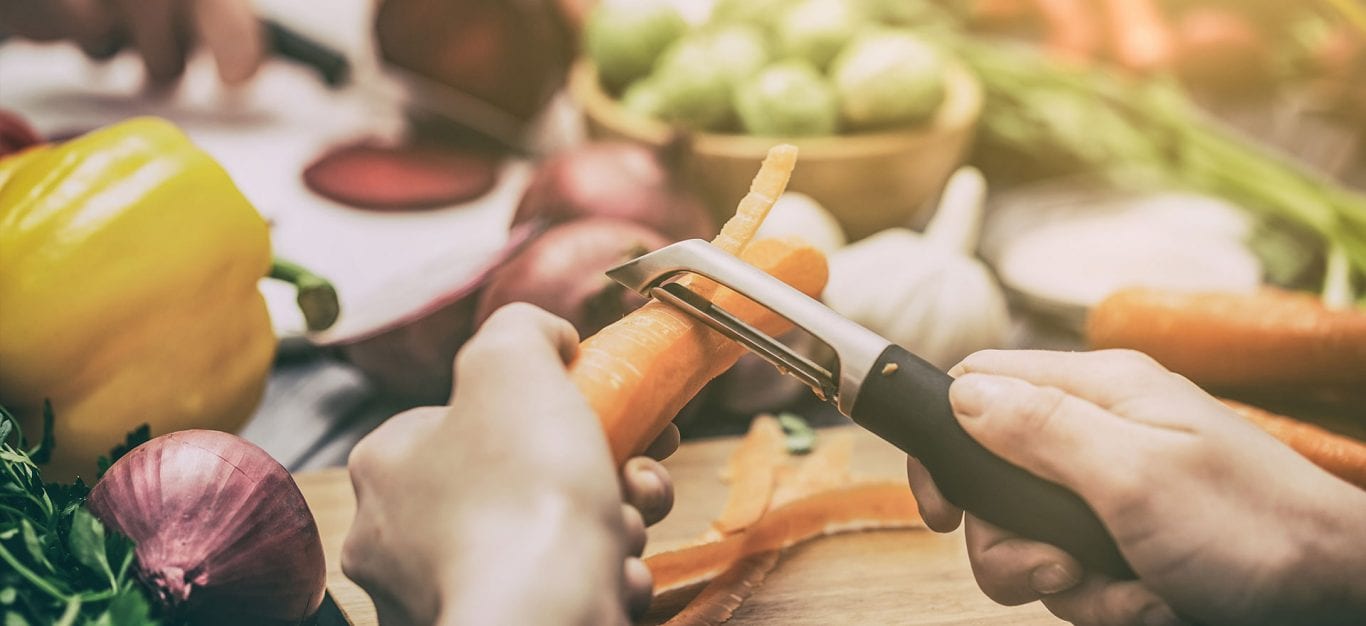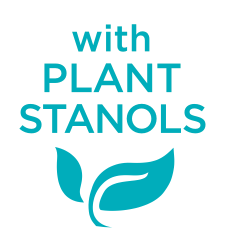Eating well
Eating a nutritious and balanced diet will help you lower your cholesterol. But what does a balanced diet look like?

The key to achieving a healthy diet is:
- Eating the right amount of food for how active you are
- Eating a range of foods to ensure you are getting all the nutrients and energy your body needs
This should include foods from all the main categories – carbohydrates, proteins and fats. You will also need a range of vitamins and minerals, and dietary fibre. Here are a few of the basics to help get you started.
Starches are carbohydrates
Starchy foods such as bread, cereals, rice, pasta and potatoes give us lots of energy. It’s best to choose the wholegrain option rather than refined varieties (like white bread and rice). Wholegrain options contain more nutrients and fibre which release energy slowly, helping you feel fuller for longer.
How to get your protein
Protein-rich foods include meat, fish, eggs, lentils and dairy. Nuts are also a source of protein and make a good healthy snack in moderation.
Five a day
Try to eat at least five portions of fruit and vegetables every day. Portions can be fresh, frozen, canned or freshly juiced, so why not try making a delicious smoothie to add some variety? Be mindful you don’t include too many portions of fruit rather than veg, as some fruits contain a high amount of sugar.
Eat the right fats
We all need to have a small amount of fat in our diets; but what is important is the kind of fats we are consuming. Cutting back on saturated fats (found in fatty meat, full fat dairy products and cakes) can help to lower cholesterol.
As a rough guideline, a high fat content is more than 20g fat per 100g and low content is 1g or less per 100g. When it comes to saturates, a high content is 5g or more per 100g and a low content is 1g or less per 100g.
